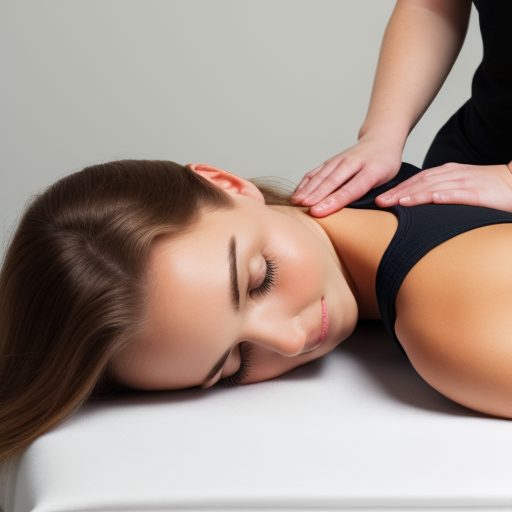Shiatsu in Warrington
Juniper Clinic provides Shiatsu in Warrington to address a wide range of health concerns.
What is Shiatsu?
Welcome to our premier reiki clinic in Warrington, where your well-being takes center stage.
Shiatsu is a touch based therapy that applies pressure to areas of the surface of the body through loose comfortable clothing for the purpose of promoting and maintaining wellbeing.
A Shiatsu practitioner will initially consult with the client and plan the Shiatsu treatment. The client will then be positioned comfortably, with appropriate adjustments being made throughout the session. Clear and accurate aftercare advice will be given.
Shiatsu is a Japanese word that literally means finger pressure and derives its theoretical and practical roots from the ancient traditions of Oriental medicine.
Today it is an autonomous treatment method influenced by Chinese, Japanese and Western knowledge. In addition to being regularly used by thousands of people all over the world, a variety of charities, health foundations, NHS trusts and hospitals in the United Kingdom provide Shiatsu to support patients whilst receiving treatment for a range of health issues and to help them maintain their general wellbeing.



What happens at a Shiatsu treatment?
As with Reiki, Shiatsu is highly adaptable, and can be tailored to people in most states of health and medical conditions. A Shiatsu treatment can be carried out with the receiver seated at a desk, lying on a treatment table, or (more traditionally) on a futon mat, on the floor.
Before a first treatment, the practitioner will often ask their client a fairly detailed set of questions around lifestyle, medical history and general patterns around health and wellbeing. This helps the practitioner to build up a picture of their client’s energetics, and any factors which are likely to be contributing to their overall holistic health and wellbeing. Some practitioners will ask to see a client’s tongue for tongue diagnosis, and some will use observation of the client’s movements, speech, mannerisms and any other outward signs of energetic or constitutional patterns – sometimes using the 5-elements/phases model as a framework.
There will normally be a pre-treatment conversation, which usually covers asking the client which lying positions they are comfortable with, whether there are any areas they would prefer not to be worked on (some people are sensitive about their feet, for example), any symptoms present on that day, and what they would like to get from the treatment.
After the pre-conversation, the client will be invited to lie down on the Shiatsu futon or treatment table (wearing comfortable, loose clothing, and having removed shoes and any chunky jewellery/watches/glasses), and offered a pillow and/or blanket/bolsters for additional support/comfort.
The Shiatsu practitioner usually begins with “Hara diagnosis” – palpating areas of their client’s abdominal area, each of which correspond to a Traditional Chinese Medicine organ (reflexologists do the same), to connect with their energy and they can also use this to decide which meridians will likely be their focus.
In the treatment itself, the practitioner uses hands (palming), thumbs (thumbing) and sometimes even knees, fore-arms and elbows, to work along the meridian lines (or energy channels) of their client’s body. Sometimes they will incorporate movement into the treatment, and include supported rotations, and/or stretches. Shiatsu practitioners are trained in safely and confidently moving their clients’ legs, arms, heads, feet etc, and so if the client is able to completely relax and make their body as loose and floppy as possible, this is best for the treatment (“helping” by doing the movement themselves actually means that a client won’t get the full benefit of the movement) – although this isn’t easy to (not) do for everybody, and your Shiatsu practitioner should understand if you find yourself not able to fully relax at all times – especially if you’re new to the experience!
Each treatment will feel very different, and will do different things, as it depends upon our energy on the day, which is always changing and shifting. The overall outcome of each Shiatsu session is to help rebalance the person’s Qi, promote the smooth, healthy flow of Qi through the meridians, and alleviate aches, pains and symptoms. It can be a very relaxing experience, a vigorous enlivening experience, or anything in-between! Shiatsu can help people to feel connected into their own bodies – and can bring a sense of peace and stillness – some people describe it as being like going to church, others say it’s like connecting into the Universe, and some people find it helps them to have moments of clarity and self-awareness about how they relate to the people in their lives and the world around them.

How Does Shiatsu Work?
Shiatsu makes use of the same energetic pathways (or Meridians) which Acupuncturists and Traditional Chinese Medicine practitioners use. It is based on the foundations of Traditional Chinese Medicine theory, as well as 5-phases theory, but many Shiatsu practitioners incorporate other elements into their treatments, as they evolve, learn and develop their practice. This is why it’s helpful to read reviews from other clients and also to talk to your practitioner before trying Shiatsu, to check whether their style and approach resonates for you. Energy work (as other forms of therapy) is always most successful when the client and practitioner’s energy resonate well with each other (how confident you feel in them, whether you feel they are compassionate/their approach and way of expressing themselves feels right for you and whether you feel you just click) – no matter how amazing their skills and knowledge, you have to feel confident and safe with them, in order to reap the full benefits of the treatment.
For more information about Shiatsu you can visit the Shiatsu Society (UK) or the CNHC’s information about Shiatsu.
After a Shiatsu Treatment
After a treatment, clients may feel a little light-headed or “spacey”, and so they’re encouraged to sit and drink some water or tea, and come back fully, before leaving after a Shiatsu session. Their practitioner will offer advice on ways to support their wellbeing (such as activities which will help support the work they have begun in the session, food energetics) and if the receiver has any questions, they are free to ask them – although as with Reiki and other energy-work modalities, the experience of the receiver is most important.
It’s advisable to stay well hydrated after a Shiatsu treatment, to take things easy if possible. There may be a few aches and pains after Shiatsu, because re-establishing a flow of energy where there may have been stagnation or deficiency, can be uncomfortable. The body also tends to go into a detox state, and some people feel a little under the weather – from the physical detoxification effects of the treatment – mild cold symptoms, for example. This should only last a day or two, and will only be very mild.



